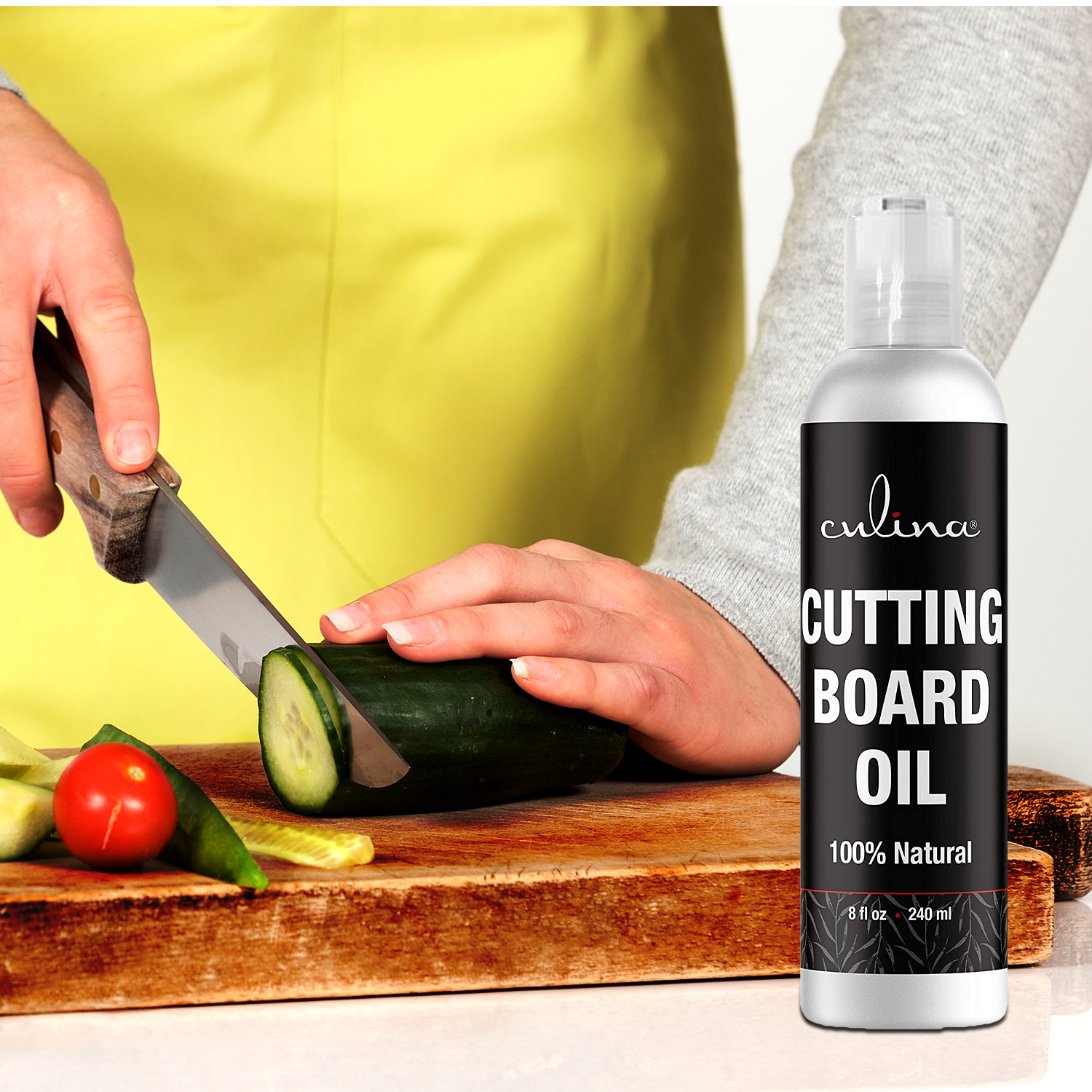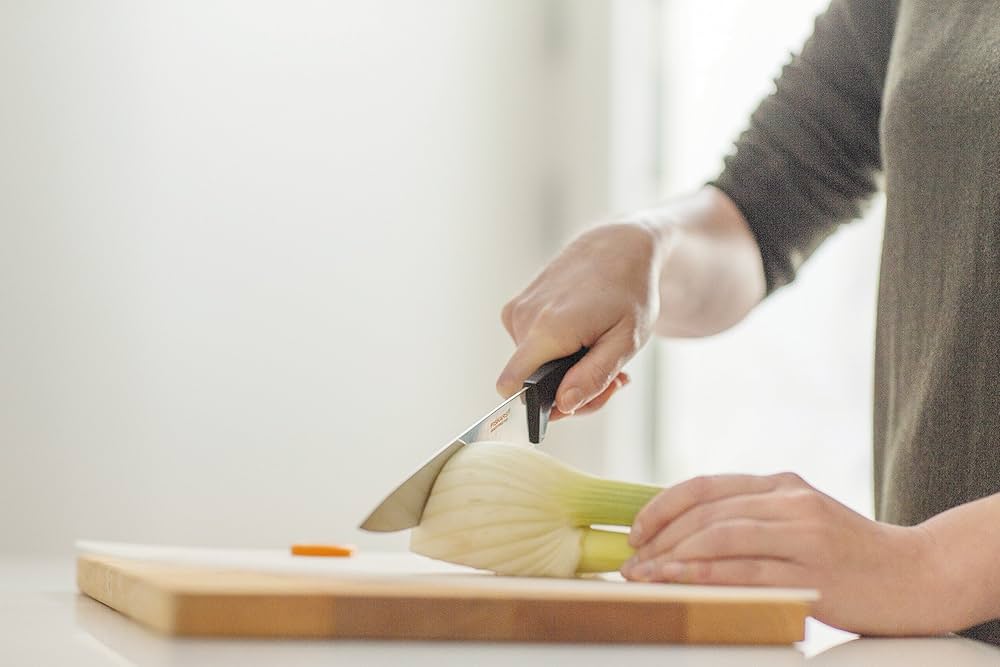Are you aware of the utmost importance of washing and sanitizing your cutting board? Whether you are a professional chef or a home cook, ensuring the cleanliness of your cutting board is crucial for maintaining a healthy kitchen.
In this article, we will delve into the ‘Terrific Explanation: What Is the Most Important Reason for You to Wash and Sanitize a Cutting Board?’. By emphasizing the significance of this practice, we aim to educate and inform our readers about the best ways to handle their kitchen equipment.

The Importance of Kitchen Hygiene
When it comes to maintaining a healthy kitchen environment, one cannot overlook the importance of kitchen hygiene. Even if the rest of your kitchen is clean, a contaminated cutting board can compromise the safety of the food you prepare. This is why it is essential to keep your cutting boards in pristine condition.
Food Safety Concerns
The primary concern when it comes to cutting boards is food safety. Cutting boards are used to prepare various types of food, including raw meat, vegetables, and fruits. If the board is not cleaned properly, bacteria from raw meat can contaminate other foods, leading to serious health risks.
Preventing Cross-Contamination
One of the major reasons to wash and sanitize your cutting boards is to prevent cross-contamination. Cross-contamination occurs when harmful bacteria from one food item are transferred to another. This can happen if you use the same cutting board for raw meat and then for vegetables without proper cleaning.

The Process of Washing and Sanitizing Cutting Boards
Washing with Soap and Water
Start by washing your cutting board with hot, soapy water. This helps to remove any food particles and initial bacteria. Use a scrub brush to get into the grooves and ensure a thorough cleaning.
Sanitizing
After washing, it is essential to sanitize the cutting board. You can do this by using a solution of one tablespoon of unscented liquid chlorine bleach per gallon of water. Apply the solution to the board and let it stand for a few minutes before rinsing with water.

Different Materials, Different Methods
Wooden Cutting Boards
Wooden cutting boards require special care. Unlike plastic boards, wood is porous and can trap bacteria. Therefore, it is important to clean and sanitize them properly. For more details, you can refer to Bon Appetit’s guide.
Plastic Cutting Boards
Plastic cutting boards are easier to sanitize as they are less porous than wood. You can even put them in a dishwasher for a thorough cleaning. However, they can get scratched easily, and bacteria can get trapped in those scratches. Therefore, regular inspection and replacement are necessary.
Additional Tips for Cutting Board Care
Use Separate Boards for Different Foods
To further reduce the risk of cross-contamination, use separate cutting boards for different types of food. For example, have one board for raw meat and another for fruits and vegetables.
Regular Maintenance
Regular maintenance of cutting boards is crucial. This includes checking for deep grooves where bacteria can hide and ensuring the board is always in good condition. For a comprehensive guide, you can check out this detailed article on the right way to use a cutting board.
Proper Storage
Storing your cutting boards properly is also important. Make sure they are completely dry before storing to prevent mold and bacteria growth.
Common Myths About Cutting Board Hygiene
There are many misconceptions about cutting board hygiene. It is essential to debunk these myths to ensure proper kitchen practices.
Myth 1: Wooden Boards Are Less Hygienic
Contrary to popular belief, wooden cutting boards have natural antimicrobial properties and can be very safe if cleaned properly.
Myth 2: Dishwashers Clean Everything
While dishwashers are effective for plastic boards, they may not be suitable for wooden boards as the high heat can cause them to crack.
Integrating Hygiene Practices into Your Routine
Integrating these hygiene practices into your daily kitchen routine might seem like a lot of work, but it is worth the effort to ensure food safety.
Daily Cleaning Routine
Make it a habit to wash and sanitize your cutting boards immediately after use. This prevents any bacteria from setting in and makes the cleaning process easier.
Weekly Maintenance
In addition to daily cleaning, perform a thorough inspection and a more detailed cleaning of your cutting boards once a week.
Conclusion
Understanding the most important reason for you to wash and sanitize a cutting board is key to maintaining a safe and healthy kitchen. By following the guidelines and tips provided in this article, you can ensure that your cutting boards are in optimal condition and free from harmful bacteria.
For more tips on how to care for your cutting boards and other kitchen equipment, you can refer to this guide on cleaning a white cutting board.
FAQ
1. How often should I wash and sanitize my cutting board?
You should wash and sanitize your cutting board immediately after each use to prevent cross-contamination and bacterial growth.
2. Can I use the same cutting board for all types of food?
It’s recommended to use separate cutting boards for different types of food to prevent cross-contamination.
3. What is the best way to sanitize a wooden cutting board?
The best way to sanitize a wooden cutting board is to use a solution of one tablespoon of unscented liquid chlorine bleach per gallon of water. Apply the solution and let it stand for a few minutes before rinsing with water.
As an Amazon Associate, I earn from qualifying purchases.


